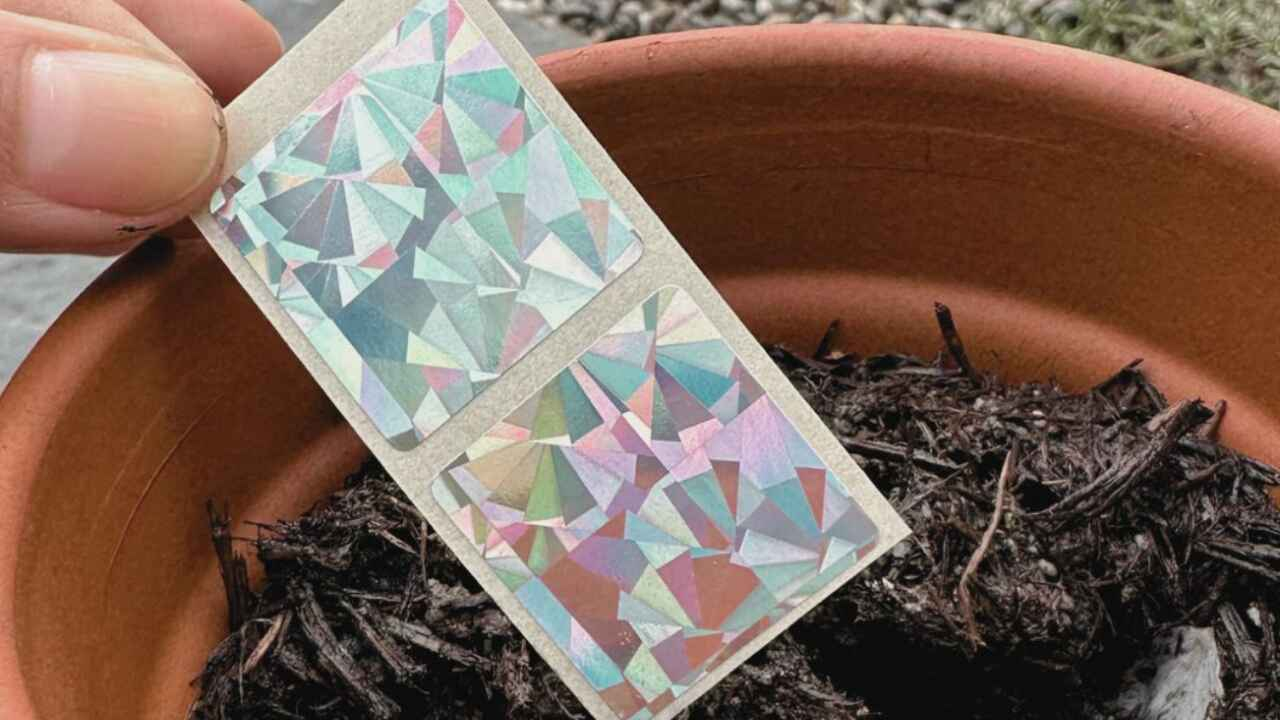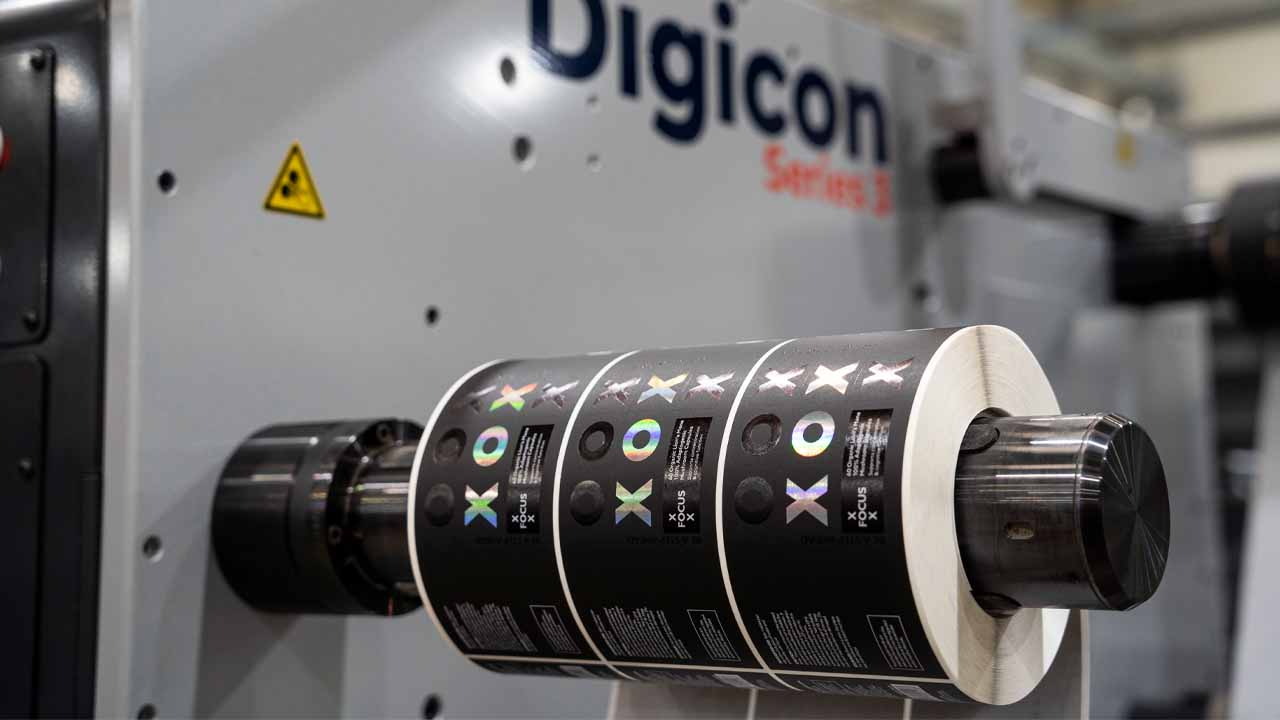Eco-friendly paper holograms on the rise
In an era where sustainability and security are paramount, discover which innovation is transforming the label printing industry.

Paper holograms made with eco-friendly materials are emerging as game-changers across the pharmaceuticals, nutraceuticals, food and beverage and automotive industries. These labels address environmental concerns while also providing a robust defense against counterfeit products for which holograms are best known.
Regulatory mandates, consumer preferences and corporate sustainability goals drive the rising demand for sustainable packaging and labeling. At the same time, counterfeiting continues to pose a significant threat to brand integrity and consumer safety.
The global hologram label market is experiencing robust growth. According to Allied Market Research, the hologram market size was valued at 5.3 billion USD in 2022 and is projected to reach 11.1 billion USD by 2030, growing at a CAGR of 9.3 percent during the forecast period. The increasing demand for secure packaging, driven by the rise in e-commerce and counterfeit goods, has fueled this market expansion.
Sustainability
Paper holograms can offer an alternative to alleviate environmental concerns. Unlike traditional holographic labels made with PET and other plastic substrates for their durability and optical clarity, paper holograms are crafted from biodegradable and recyclable materials, reducing their environmental footprint and aligning with the sustainability goals of many brands.
Several factors drive the growing popularity of biodegradable holograms.
Global regulatory frameworks increasingly favor sustainable packaging alternatives. In the European Union, the Single-Use Plastics Directive has accelerated the shift toward biodegradable materials.
Companies increasingly use sustainable packaging alternatives to enhance their brand image and appeal to environmentally conscious consumers.
Shobhit Gupta, joint managing director at Holostik, observes: ‘Brands began to realize that adopting paper holograms was not just about compliance but also a powerful way to connect with environmentally conscious consumers.’
“The convergence of sustainability and security is reshaping the future of labeling”
Holostik, an Indian company, transitioned to paper holograms instead of plastic, eliminating polyester from its process entirely. In addition to holograms, the company provides security inks and security printing, variable data from barcodes, QR codes, alphanumeric numbers and more.
Ankit Gupta, joint managing director at Holostik, explains: ‘The shift to paper holograms was a natural progression as the industry sought to balance performance with environmental responsibility. The challenge was ensuring that paper holograms could match their plastic counterparts’ optical brilliance and security features.’
3D AG is a company that produces compostable custom holographic labels with biodegradable cellulose film. The labels are made from plant-based cellulose material, which is 100 percent biodegradable and breaks down into natural components in composting facilities. The company’s biodegradable hologram label ‘Holo-Sprout’ can withstand various environments while breaking down in compost conditions (extreme heat, moisture and pressure).
Aleksandar Milutinovic, head of client solutions at 3D AG, states: ‘Eco-friendly and sustainable holograms align with current and upcoming regulations, making them a future-proof option for global markets. Sustainability is not just a buzzword but a responsibility we all share.’
Cold foil materials specialist K Laser Technology’s new sustainable substrate products, Viridian Eco-Paper and Eco-Paperboard, feature 150 holographic patterns and can be used to create a range of folding cartons, mailers, hang tags, postcards and labels.
‘The key lies in sustainability, with the products allowing foil designers, product designers and printers to have the best of both worlds: green packaging with stylish holographic effects,’ says Nicole Rivera, director of administration and marketing at K Laser Technology.
Pre-printed with a registered hologram, Viridian Eco-Paper and Eco-Paperboard enable users to create premium designs by overprinting the substrate with white ink using various screens of opacity to cover, reveal and colorize the holographic underlayer in a single pass.
Challenges ahead
While eco-friendly holograms represent a significant advancement, their adoption is not entirely smooth sailing. Some hurdles that need to be addressed include the cost of production, compatibility with existing packaging lines and consumer awareness.
The rise of eco-friendly holograms signifies a pivotal moment in the labeling industry.
As brands across sectors strive to meet sustainability goals and combat counterfeiting, the demand for innovative options like paper holograms is set to grow exponentially.
Rivera concludes: ‘The convergence of sustainability and security is reshaping the future of labeling. Eco-friendly and sustainable holograms are more than a trend; they’re a testament to the industry’s commitment to innovation and responsibility.’
Stay up to date
Subscribe to the free Label News newsletter and receive the latest content every week. We'll never share your email address.


